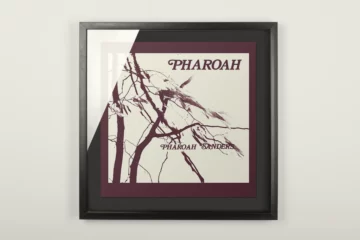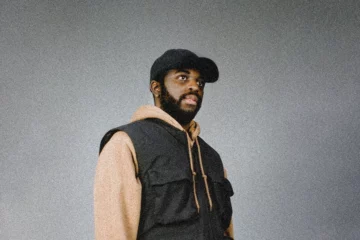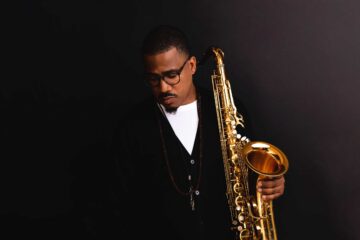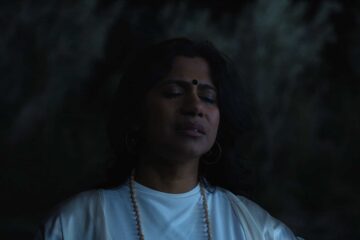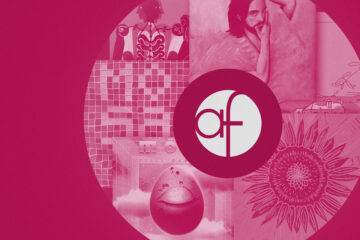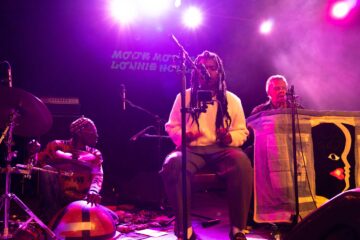It’s a shame, really, that one can no longer use the word »Boogaloo« without clarifying it has nothing to do with far-right extremism. In the US, militants now organise under the so-called Boogaloo movement — a shameless act of cultural appropriation. Here, though, Boogaloo refers simply to the rhythm of a piece whose title, with bitter irony, is The Free Slave.
Drummer Roy Brooks performed it in 1970 with his bandmates at a concert in Baltimore; two years later it became the title track of a live album — a Boogaloo that swings far more wildly than Lee Morgan’s now-canonical The Sidewinder.
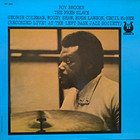
The Free Slave
That Brooks’ composition unleashes such unrestrained energy owes much to his own playing. Having worked with figures as diverse as Horace Silver, Chet Baker and Pharoah Sanders, Brooks was a drummer who knew how to explore the possibilities of his instrument with wit and precision. Here he repeatedly breaks out of the rhythmic framework, adding polyrhythmic accents that stretch and expand its shape. While bassist Cecil McBee and pianist Hugh Lawson maintain restrained, ostinato figures, the bandleader gradually builds intensity without losing form. Meanwhile, trumpeter Woody Shaw and saxophonist George Coleman fan the flames in an animated dialogue of their own. One can hardly sit still — you want to get up, to spark something: a dance, a revolution.
The Free Slave comprises four extended pieces. The most tranquil of them is the contemplative »The Understanding«, which follows the title track in deliberate contrast. Its meditative exchanges between the horns are interrupted only near the end by Brooks’ emphatic gong strikes. In the album’s second half, he once again drives his band to controlled eruptions.
A feverish time – and a feverish man
Born in Detroit in 1938, Brooks counted Yusef Lateef among his early mentors. In the 1960s he moved to New York, where he played not only with the aforementioned artists but also with Lee Morgan and Charles Mingus. Over the following decade, his behaviour became increasingly erratic and he required frequent medical care. By the mid-1970s, he had left New York and returned to Detroit, where he continued to perform regularly.
Yet the retreat offered no redemption. As Detroit’s jazz scene faltered in the 1990s, Brooks’ health deteriorated too. At times he reportedly threatened neighbours with weapons, leading to repeated court appearances. His final years were spent partly in prison and finally in a nursing home, where he died in 2005.
Freedom and harmony, in their most traditional sense, remain inseparable for Roy Brooks.
His album The Free Slave betrays nothing of the hardship that marked his life. This music stands firm and self-assured — a celebration of anarchic vitality without the formal rupture of Free Jazz. Freedom and harmony, in Brooks’ world, are not opposites but equals.
As a soloist, Roy Brooks demonstrates his prowess most clearly on »Will Pan’s Walk«. The piece’s complex blues-based structure provides the scaffolding for extended drum improvisations that never descend into empty display. Instead, he channels the piece’s energy into his drums and cymbals, compacting it until it almost glows. The spontaneous shouts — from the audience or the musicians themselves — make clear that everyone involved that night was utterly inspired.
This is what freedom can sound like. And 55 years after the recording, 20 years after Brooks’ death, it’s still something we could use more of.



